Virtual reality helmets present a forest from an animal's perspective
Visitors to an English forest were able to explore the woods through the eyes of different animals as part of a virtual reality experience by London design studio Marshmallow Laser Feast (+ movie).
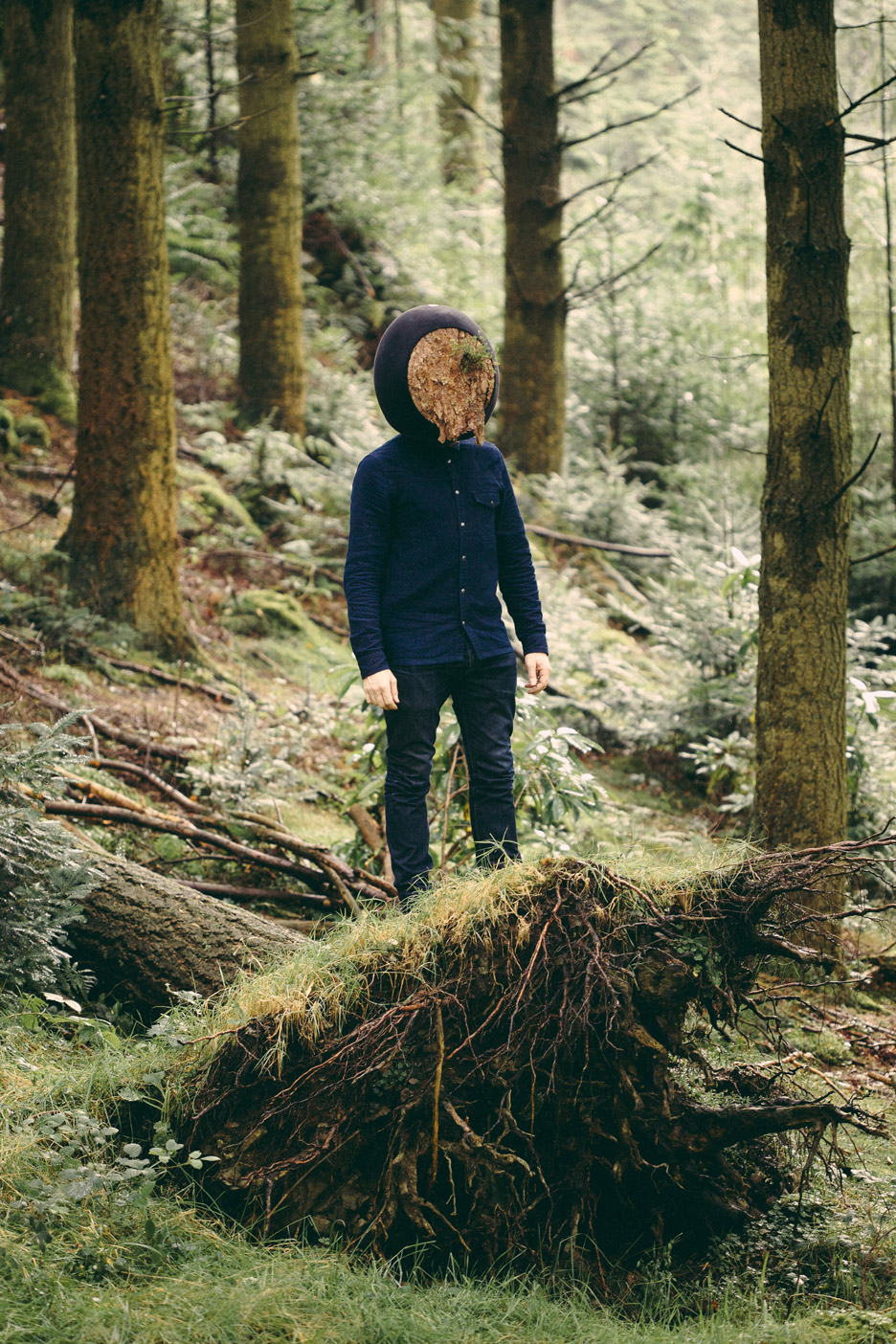
The In the Eyes of the Animal installation was designed for the Abandon Normal Devices Festival in Grizedale Forest.
Visitors were given globe-shaped virtual reality headsets decorated in moss and plants to wear. Digital art studio FIELD also designed unusual VR headsets for its Violescence solo exhibition in London.
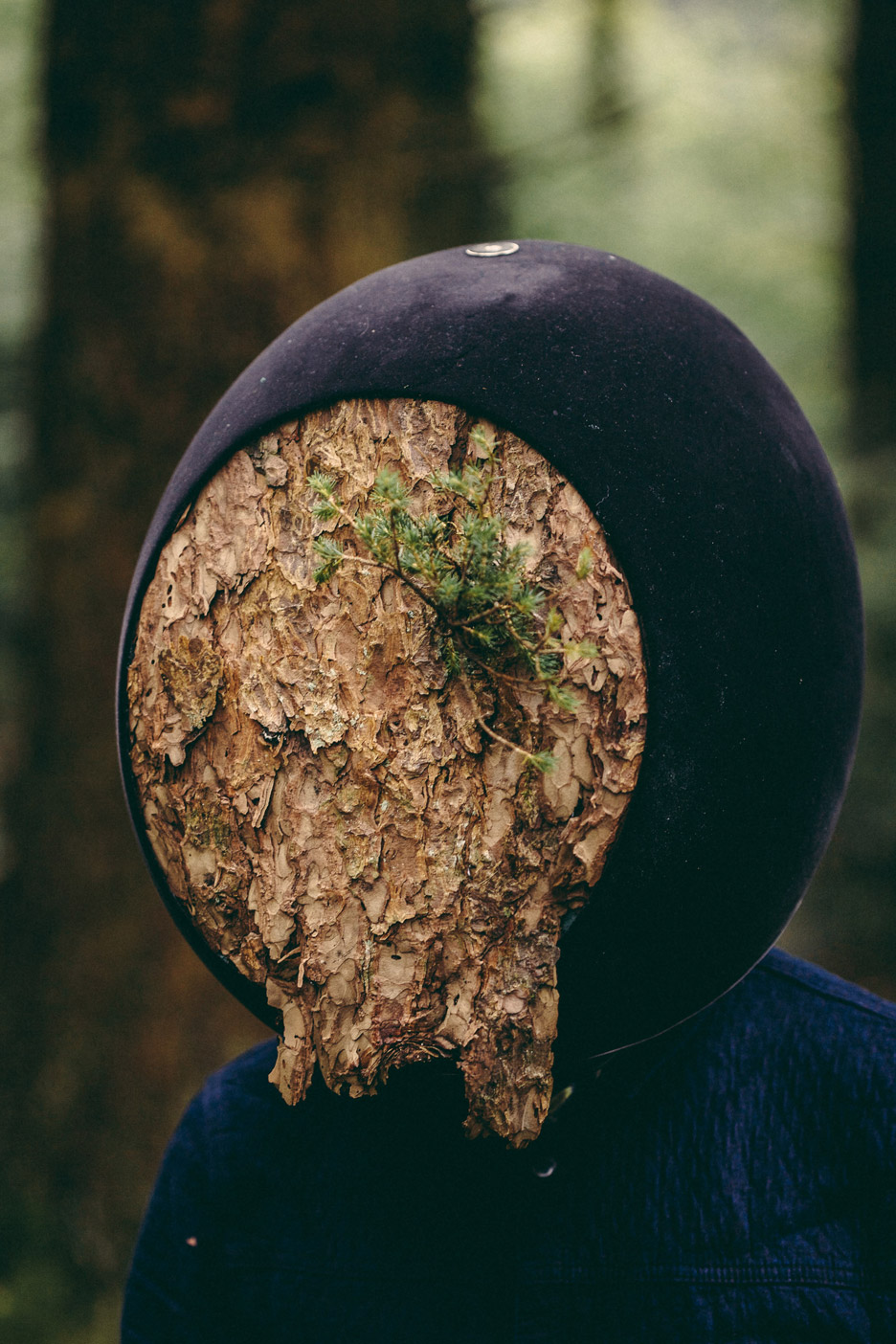
A harness that fitted around the upper body vibrated to emphasise the experience's immersive three-dimensional sound.
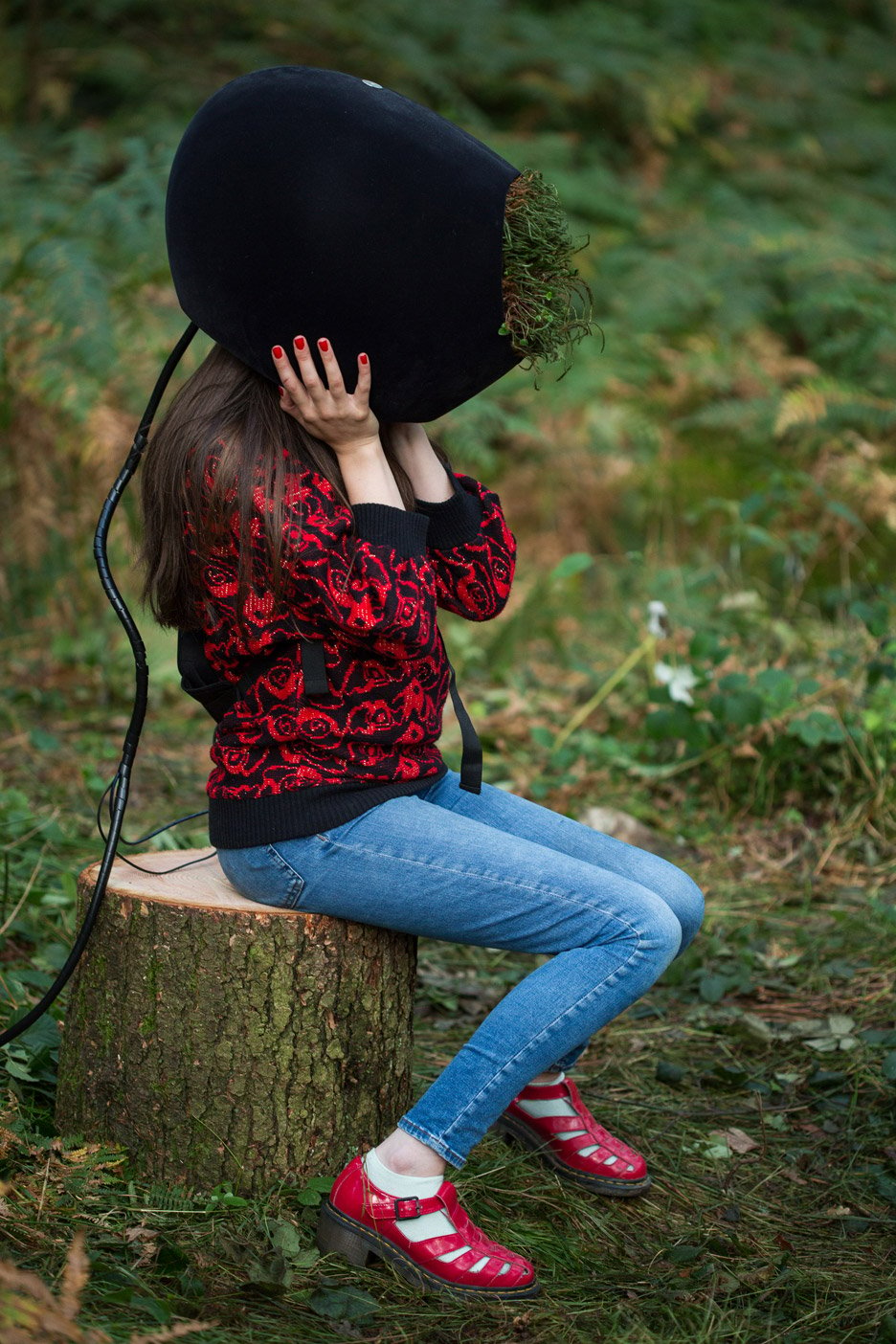
While wearing the VR helmets, viewers experienced the landscape as if through the eyes of one of three woodland creatures: a dragonfly, a frog and an owl. Visuals created the illusion of soaring over the treetops or wandering the forest floor.
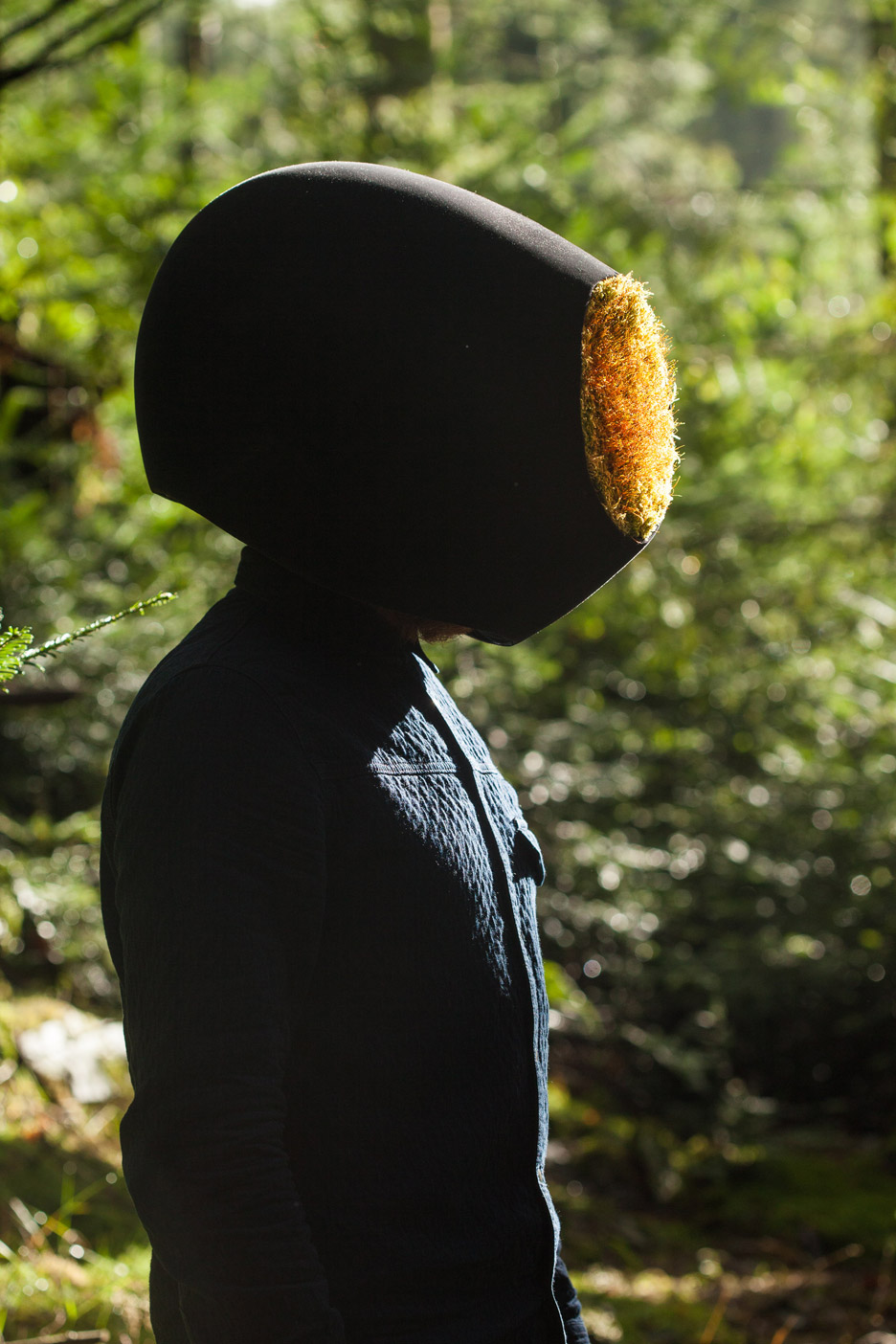
Marshmallow Laser Feast used data taken from LiDAR (remote sensing technology), CT scans and aerial drone filming to design the experience. It relies on a real-time system that visualises an artistic interpretation of how trees and plants might appear to the forest's animal inhabitants.
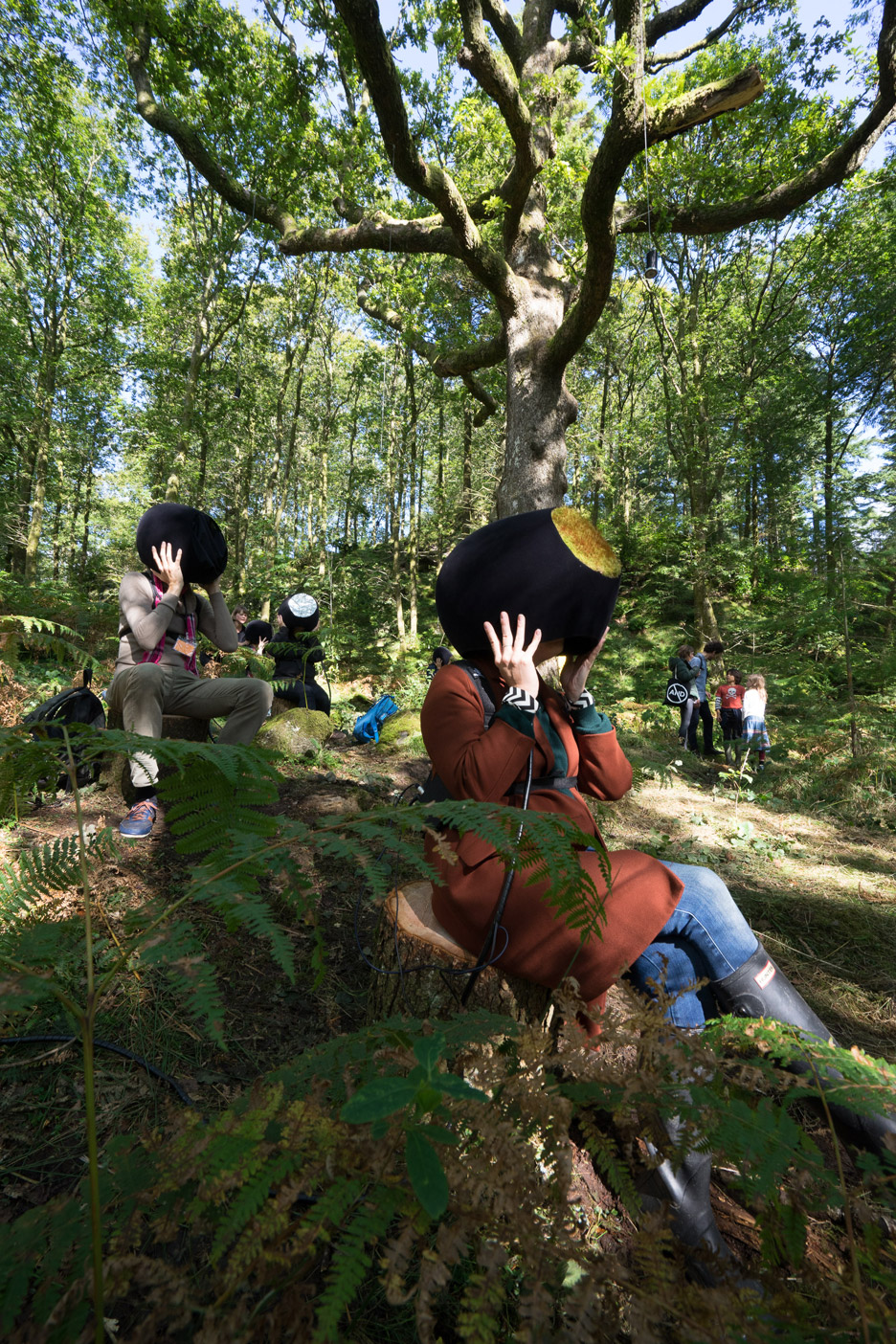
"We've always had a hunger for hacking people's senses by combining art and technology," said studio co-founder Barney Steel.
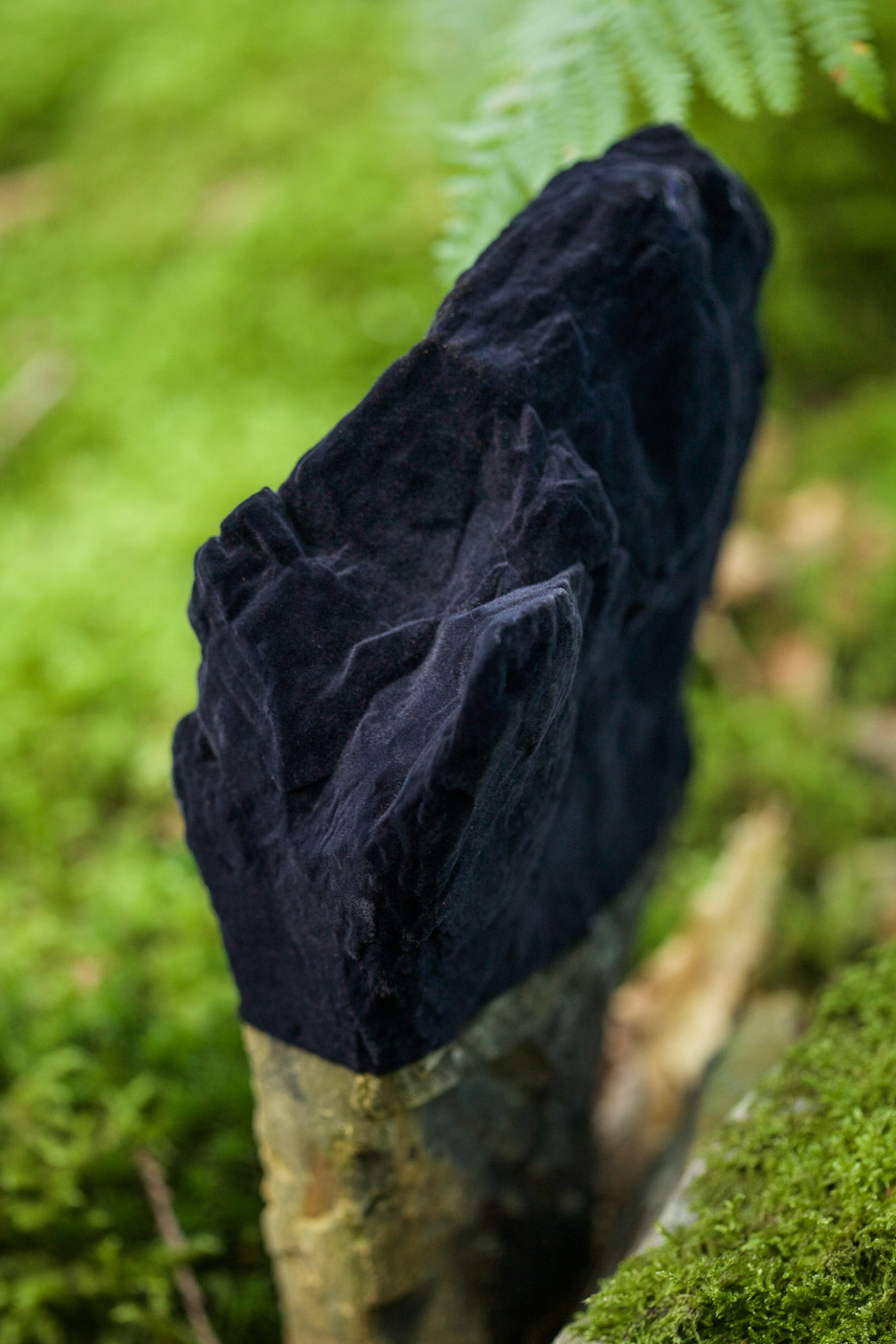
"In the Eyes of the Animals gave us chance to use VR as a first person perspective medium – the ultimate way to hack someone's senses."
"Using VR to immerse someone in the sights and sounds of animals creates empathy by simulating the way that others sense the world," he added. "This type of first person perspective experience is – in my opinion – VR at its best."
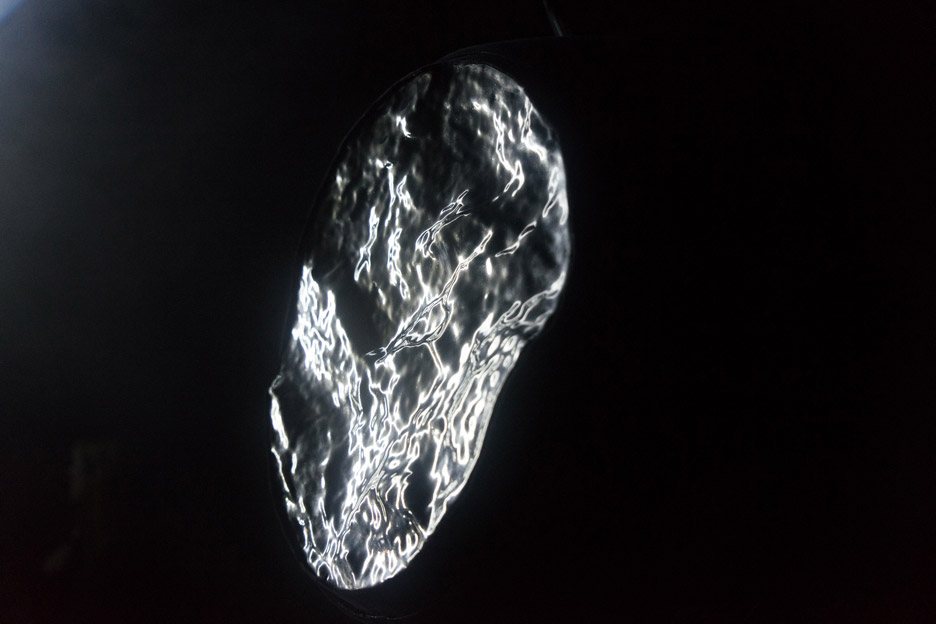
The project was partly prompted by research from Project Daedalus – a charity-funded platform that investigates the creative possibilities of drones and aerial cameras, and seeks to "inspire and enlighten drone pioneers around the world".
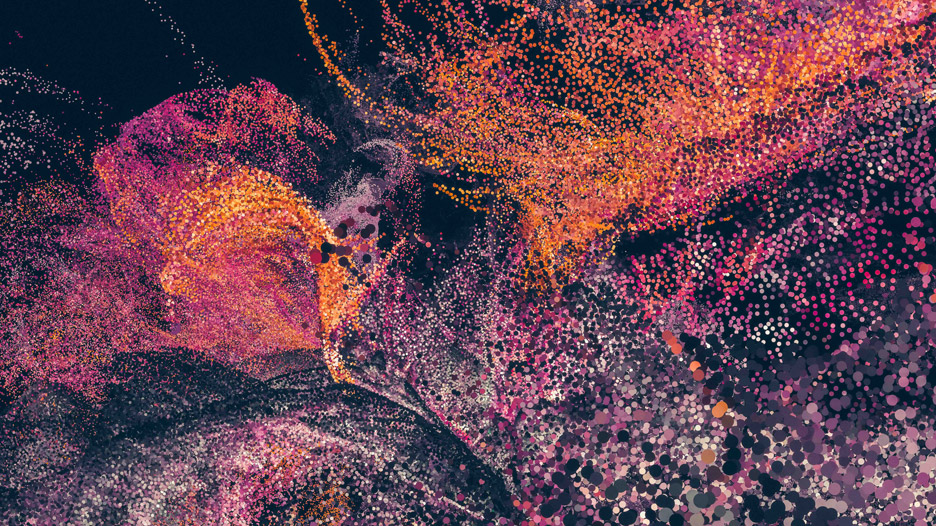
"Telling a story from the point of view of an animal in this immersive, 360-degree way has been made possible by advances in technology," said creative director Robin McNicholas.
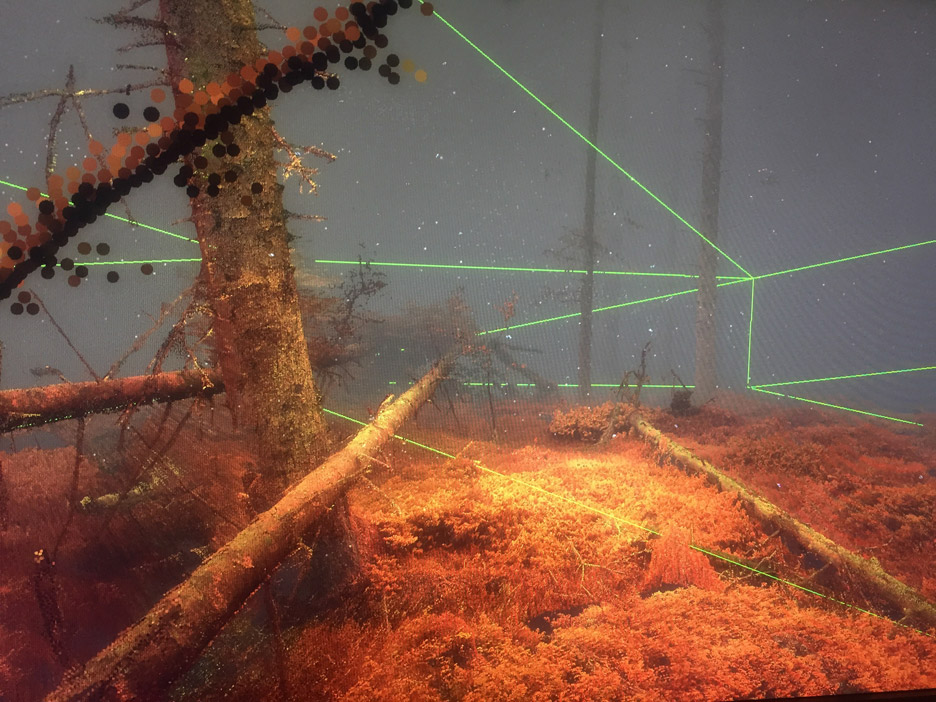
"Aerial filming, for example, has traditionally been the preserve of Hollywood blockbusters with budgets big enough for helicopters. But new drone technology means artists can now get a slice of the action too," he added.
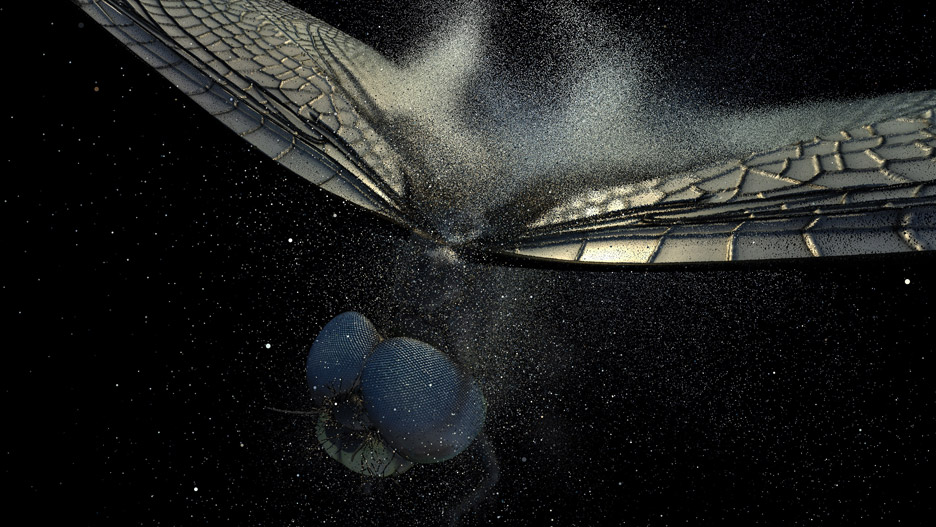
Virtual reality – first introduced in the 1990s – was also used by art collective BeAnotherLab to give people the opportunity to swap genders, while fashion designer Gareth Pugh used the technology to create an experience at London department store Selfridges.
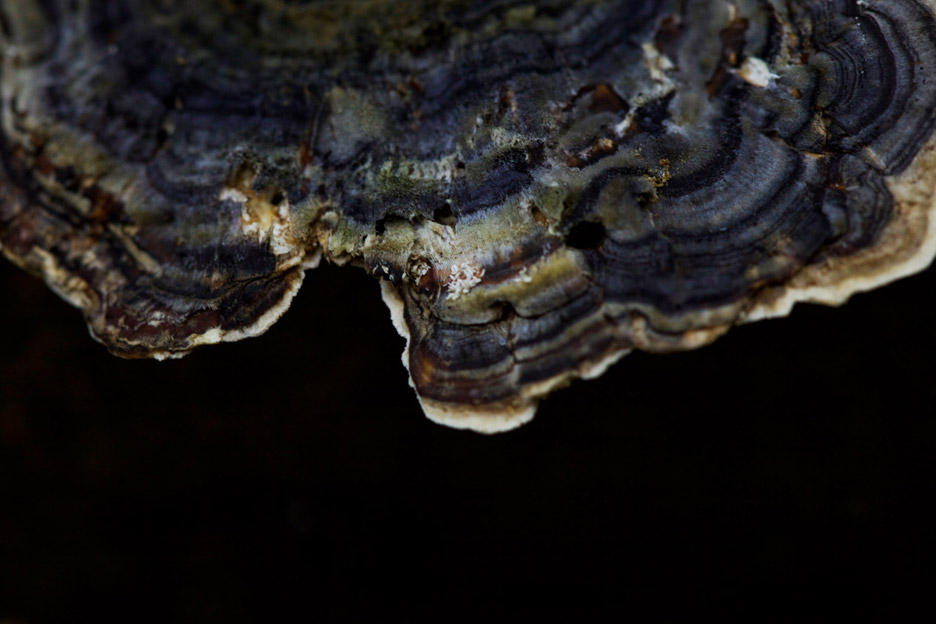
The Abandon Normal Devices Festival took place from 18 to 20 September 2015.
Photography is by Luca Marziale and Marshmallow Laser Feast.